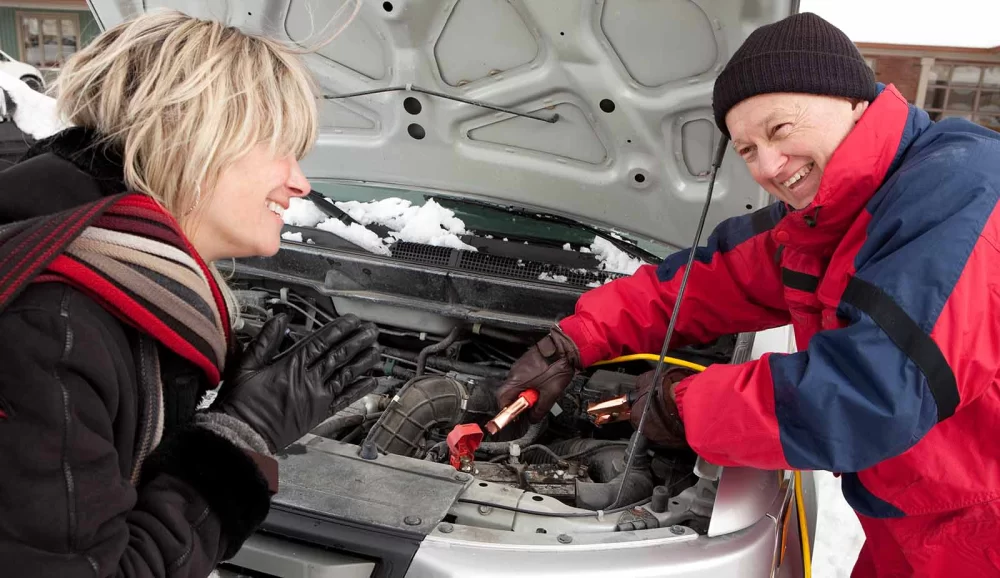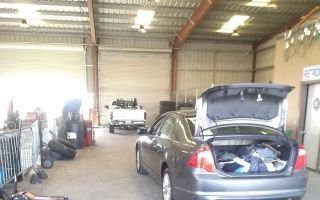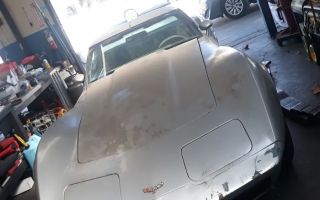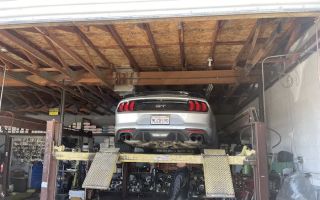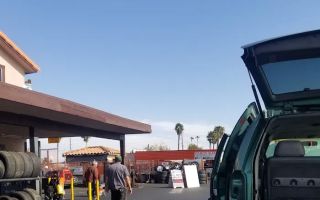How to Get a Quick Jumpstart When Stranded
Being stranded on the side of the road with a dead car battery is one of the most frustrating experiences a driver can face. Whether you're running late to a meeting or just trying to get home, a dead battery can leave you feeling helpless. But don't worry—getting a quick jumpstart can get you back on the road in no time. Here’s your ultimate guide on how to get a quick jumpstart when stranded, with practical tips and expert advice to solve the problem efficiently.
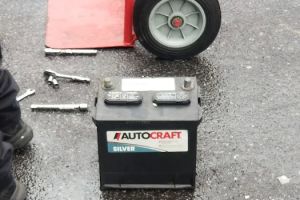
AutoZone Auto Parts
5701 Broadway, Bronx, NY 10463, USA
1. Recognizing the Symptoms of a Dead Car Battery
The first step in resolving a dead battery issue is identifying it. Before you panic, check the common signs of a dead car battery: the engine turns over slowly, lights dim, or there is no response when you turn the ignition key. If you hear a clicking sound but the engine doesn’t start, your battery is most likely dead. It's essential to confirm that the issue is the battery and not another mechanical problem, such as a faulty alternator.
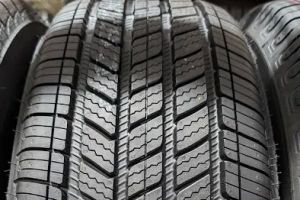
Costco Tire Center
1250 Old Country Rd, Westbury, NY 11590, USA
2. Assessing Your Location and Safety First
If you’re stranded on a busy highway or an unfamiliar road, safety should be your priority. Turn on your hazard lights immediately to signal other drivers. If possible, move your car to a safe location, such as the shoulder of the road or a parking lot. Always stay inside your vehicle if you're on a busy street and only get out when it's safe to do so. Safety is crucial when you’re dealing with a roadside emergency.
3. How to Prepare for Jumpstarting Your Car
If you're in a position to attempt a jumpstart, there are a few things you need to gather. The basic tools for jumpstarting include jumper cables and a vehicle with a charged battery. Ideally, you'll have a jumper vehicle (a car or truck with a working battery) parked close enough for the cables to reach both batteries. If you're not near another car, consider calling a towing service or roadside assistance for help.
4. The Step-by-Step Process to Jumpstart Your Car
Once you have all the necessary tools and a jumper vehicle, it's time to start the process. Here's how to do it correctly:
- Step 1: Position both vehicles close enough for the jumper cables to reach but ensure the cars are not touching.
- Step 2: Turn off both vehicles. Make sure all accessories (radio, lights, etc.) are turned off in both cars.
- Step 3: Attach one end of the positive jumper cable (usually red) to the positive terminal (+) of the dead battery.
- Step 4: Attach the other end of the positive jumper cable to the positive terminal (+) of the working battery.
- Step 5: Attach one end of the negative jumper cable (usually black) to the negative terminal (-) of the working battery.
- Step 6: Attach the other end of the negative cable to an unpainted metal surface or a grounding point on the engine block of the dead car (not the negative terminal of the dead battery).
- Step 7: Start the vehicle with the working battery and let it run for a few minutes.
- Step 8: Attempt to start the vehicle with the dead battery. If it starts, allow both cars to run for a few more minutes to recharge the dead battery.
- Step 9: Carefully remove the jumper cables in reverse order (negative cable from the grounded surface, negative cable from the working battery, positive cable from the working battery, and then the positive cable from the dead battery).
5. What to Do if the Jumpstart Doesn't Work
Sometimes, a jumpstart may not work. If your car doesn’t start even after a proper jump, it could indicate other problems beyond just a dead battery, such as issues with the alternator or starter. In this case, it's best to call a professional mechanic or roadside assistance for further help. Many towing companies offer jumpstart services as part of their roadside assistance packages, ensuring you're not stranded for long.
6. Preventing Future Battery Problems
While a jumpstart may get you back on the road, it's important to take steps to prevent future battery problems. Regularly check the condition of your battery and clean any corrosion off the terminals. If your battery is old or showing signs of wear, it may be time to replace it. Additionally, consider carrying jumper cables in your vehicle or investing in a portable jumpstarter. These tools can come in handy if you're stranded and don’t have access to another vehicle.
7. When to Seek Professional Help
If you find yourself repeatedly having battery issues, it may be a sign of a deeper mechanical problem. Seeking professional help from a mechanic can prevent future emergencies and ensure your vehicle is running smoothly. Towing services, especially those that offer emergency roadside assistance, can also be invaluable in these situations, giving you peace of mind when you’re in need.
8. Real-Life Stories: The Importance of Roadside Assistance
One winter morning, Sarah found herself stuck on the side of the road in the middle of nowhere after her car battery died. She had no idea how to jumpstart a car and was starting to panic. Thankfully, Sarah had a roadside assistance plan, and within minutes, a tow truck arrived. The technician not only jumpstarted her car but also advised her to get the battery checked, as it was showing signs of wear. This simple service prevented her from facing a bigger issue down the road.
Getting stranded with a dead car battery is never convenient, but knowing how to quickly jumpstart your car and what steps to take in an emergency can save you time, stress, and money. Remember, safety is always the first priority, and don't hesitate to seek professional help when necessary. A little knowledge and preparation can go a long way in preventing future roadside dilemmas.

